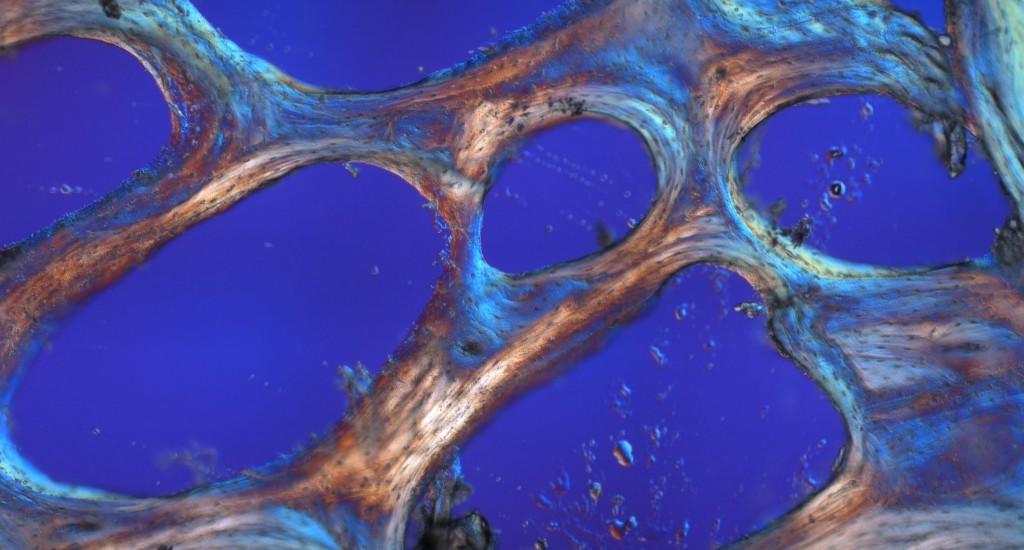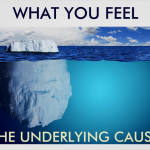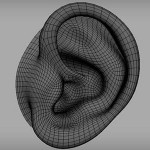
The medical literature defines osteoporosis as a disease characterized by abnormalities in the amount and architectural arrangement of bone tissue that leads to impaired skeletal strength and an undue susceptibility to fractures. Wow. Let’s try that again in plain English: Osteoporosis means “porous bone.”
If you look at healthy bone under a microscope, you will see that it kind of looks like a honeycomb. If you have osteoporosis, the holes and spaces in the honeycomb are much bigger than they are in healthy bone. This means your bones have lost density or mass, which in turn means they have become weaker. Osteoporosis complications (fractures) affect 1.8 million people each year and account for roughly 40 million dollars in health care costs each day.
Shocking Fact II: Osteoporosis is under your control– it is a LIFESTYLE DISEASE. Sure, there may be a familial tendency, but that just means that if you live your life the same way as your family before you has, you will probably get the same diseases. People often fail to realize the degree of control you have over your health. If you have a genetic disposition to any type of life-threatening condition, fearlessly take the proactive steps to reduce the chance that it will affect your life and live your life to the fullest. With that in mind, here are the 4 steps to defy your heredity and ensure you have strong healthy bones throughout your life:
1. Get Adjusted
You may be thinking what does getting adjusted have to to do with bone density?
Great question – the answer lies in the proper absorption of the foods you take in. Reduced motion (Important: when a vertebrae is misaligned, it will always result in reduced motion) impairs joint nutrition. This means that bone building and repair – which requires the absorption of the vitamins and minerals you eat- will not be occuring to its full ability, which will affect the health of the bones involved.
In addition, if you have spinal irritation to your nerve system, that will cause stress to your body, and stress is a catabolic (breakdown) process which will decrease bone growth and digestive function. So, get adjusted to ensure proper growth and repair including bone building and maximal absorption of the vitamins and minerals (Vitamin D, Calcium, Magnesium, etc.) that make up healthy bones.
2. Eat the Right Foods
Americans are worried that they aren’t getting enough calcium, which is ironic because most Americans have plenty of calcium in their diet. The problem is that it is from the wrong sources, such as milk, cheese and yogurt. Sure those foods have plenty of calcium; however, when they break down and enter into your bloodstream, they end up acidifying (decreasing pH) your blood. Your body hates being overly acidic and will do anything to correct that. Its best option is to use not only the calcium from the foods (such as dairy) but also the calcium from your bones to balance that acidity, bringing you back to balance and slightly alkaline.
This explains why America has some of the highest levels of dairy consumption and some of the highest levels of osteoporosis in the WORLD. Instead, focus on eating green, leafy veggies, which are loaded with calcium and are alkalizing, so you can actually use the calcium to build strong bones.
3. Exercise
People with osteoporosis will often avoid exercise because it can lead to discomfort and soreness afterwards. But avoiding the motions that cause discomfort will only weaken your muscles, compound your joint trouble, and affect your posture, setting off further problems down the road. And pain relievers only offer temporary fixes.
Your body is incredibly intelligent, and will strengthen the systems that are needed based on the environment they are put in. So if you want strong bones, demand strong bones from your body by doing strengthening exercises such as walking, running, squatting, jumping, etc. Bear some weight and your bones will rejoice and get stronger to meet the demands. In fact, the right set of exercises can help you avoid surgery on a problem joint, by strengthening supportive muscles and restoring flexibility.
4. Get Some Sun
The Vitamin D your body makes from the sun’s rays hitting your skin increases the absorption rate of the calcium you ingest by 15%! Which is huge, considering most people only absorb 15% of the calcium they eat – so getting some sun can double your bone building efforts. For most people, five to thirty minutes in the mid-day sun 2-3x/week should ensure you enough Vitamin D.
Sources:
Harvard Health Publications 2011
www.nof.org







